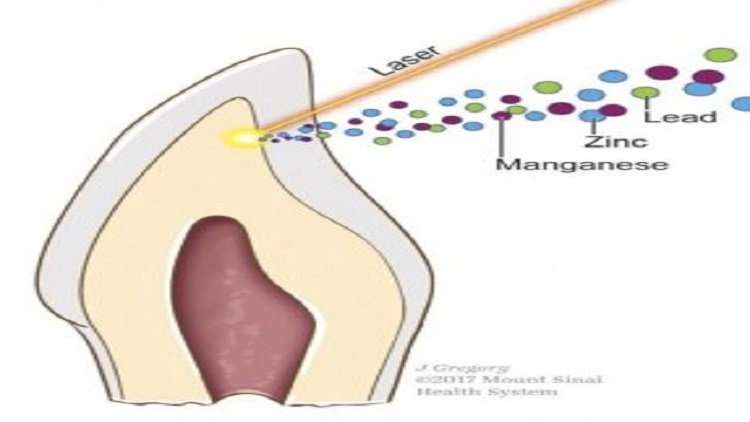Using evidence found in baby teeth, researchers from The Senator Frank R. Lautenberg Environmental Health Sciences Laboratory and The Seaver Autism Center for Research and Treatment at Mount Sinai found that differences in the uptake of multiple toxic and essential elements over the second and third trimesters and early postnatal periods are associated with the risk of developing autism spectrum disorders (ASD), according to a report on 1st June in the journal Nature Communications.
The critical developmental windows for the observed discrepancies varied for each element, suggesting that systemic dysregulation of environmental pollutants and dietary elements may serve an important role in ASD. In addition to identifying specific environmental factors that influence risk, the study also pinpointed developmental time periods when elemental dysregulation poses the biggest risk for autism later in life.
According to the U.S. Centers for Disease Control and Prevention, ASD occurs in 1 of every 68 children in the United States. The exact causes are unknown, but previous research indicates that both environmental and genetic causes are likely involved. While the genetic component has been intensively studied, specific environmental factors and the stages of life when such exposures may have the biggest impact on the risk of developing autism are poorly understood.
Additional studies are needed to determine whether the discrepancies in the amount of certain metals and nutrients are due to differences in how much a fetus or child is exposed to them or because of a genetic difference in how a child takes in, processes, and breaks down these metals and nutrients.

barnboy4 on June 5th, 2017 at 09:27 UTC »
Does it say what toxins and im just completely missing it? If so, its early give me a break and with one 2 year old and another on the way this interests me.
OrangeFishFlesh on June 5th, 2017 at 08:30 UTC »
Some highlights from the discussion (reference numbers excluded for clarity):
Basically many genes implicated in autism are related to the transport of metals in the body during critical phases of neuron development.
Apparently, even monozygotic twins sharing a placenta can experience different nutrient levels.
NolanSyKinsley on June 5th, 2017 at 05:34 UTC »
Although I applaud the effort, the sample size in this study was VERY small. Just six pairs of twins where one had autism and the others didn't and 12 pairs of twins as a control. It may lead to further research, but this study is hardly conclusive.